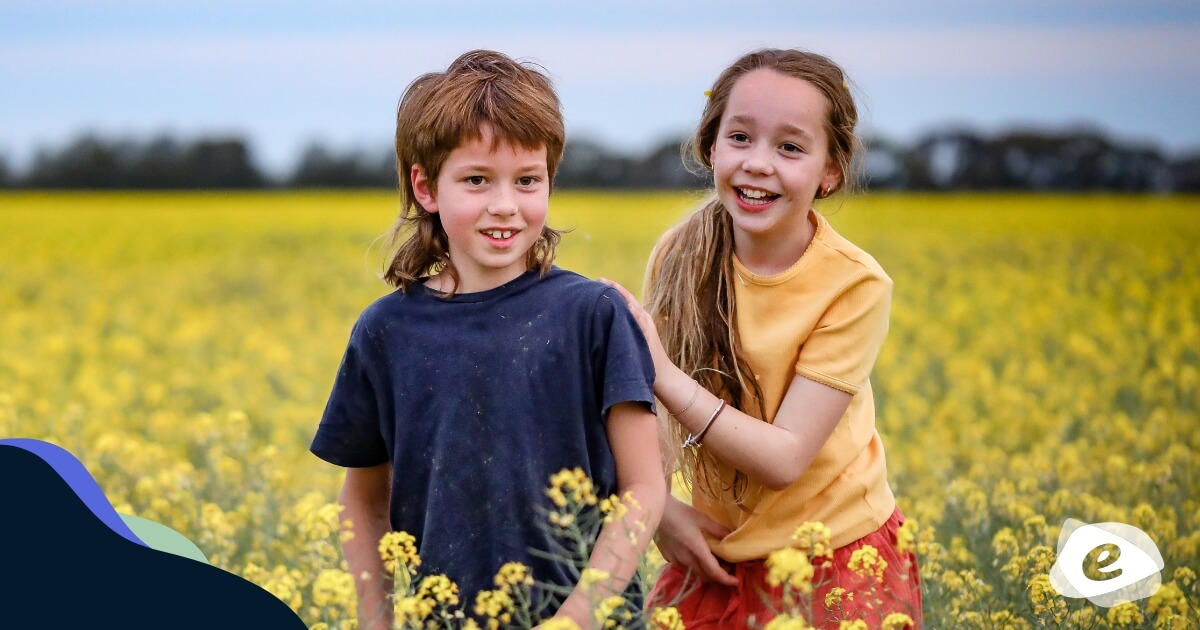
As experts, government, industry and community representatives gather for today’s Social Media Summit hosted by NSW and South Australia, one thing is clear: the risks to our children from unsafe online spaces can no longer be ignored.
Today, I’ll be sharing some startling, nationally representative data from Australian 8–12-year-olds.
It reveals 84% of Australian children between the ages of 8–12 have been using social media and messaging services since the beginning of the year.
This includes 93% of Australian 12-year-olds who used social media before reaching the current official age for social media entry of 13.
Given that there are around 1.6 million children aged 8 to 12 in Australia, this data suggests approximately 1.3 million under-aged kids have used social media and messaging services since the start of this year.
80% of children with a current social media or messaging account had help from an adult in setting it up, and 90% said that assistance came from a parent or carer.
This, coupled with the fact that only 13% of underaged users experienced a ban or suspension from a major social media service this year, suggests we have really important work to do in further safeguarding our children online.
As Australia’s eSafety Commissioner, my clear message is that a coordinated national approach, based on solid evidence is the only effective way forward.
This needs to be coupled with an even more robust regulatory toolset, greater transparency and accountability from industry and the adoption of Safety by Design to make platforms safer from the outset.
Higher age limits are part of the picture but so is better education for parents and young people themselves.
Many parents are struggling to provide the support they know their children need. Helping them navigate this tricky territory is probably the single most important thing we can do.
As Australia’s independent online safety regulator, the first of its kind in the world, eSafety plays a vital role.
We provide direct assistance through our complaint schemes, rapidly remediating harm when the platforms fail to act on serious cyberbullying and image-based abuse.
Behind each complaint is a child in distress, so our 90% success rate in getting harmful content removed makes a real difference to their emotional and mental well-being.
We provide wrap-around support, including referrals to Kids Helpline, and working directly with parents and school communities to resolve the school yard conflicts that so often underpin online abuse.
Unfortunately, the prevailing trend in our complaints data suggests online harms are becoming more widespread and more serious.
Over the past four years, for example, we’ve witnessed a 313% increase in cyberbullying incidents, together with a marked shift towards more acute and persistent bullying tactics.
While other nations, including Singapore and Ireland, are starting to follow Australia’s lead in establishing online safety frameworks like ours, one thing we’ve learned is that no single regulator or government can hope to overcome these challenges on its own.
That’s why partnerships are so important – with Australia’s states and territories but also with independent regulators across the globe.
Locally, a united national approach will help us leverage our respective competencies.
While eSafety has the online safety research, resources and regulatory remit, states and territories have key delivery mechanisms to reach parents whether through the schools, mental health professionals, GPs and local law enforcement.
Together, we can create a safer and more supportive digital environment for all Australian children.




